Efficient Photodetector Placement Using Linear Optimization Fuzzy C-Means and Artificial Neural Networks
-
摘要: 针对目前光照传感器的布局方式计算量大、能耗高,易受人为因素的影响,难以准确地预测室内日光强度等问题,该文提出一种基于线性优化模糊C均值算法(LOFCM)和人工神经网络(ANN)的光照传感器布局方法。LOFCM算法利用线性优化(LO)稀疏权重矩阵后,使用模糊C均值(FCM)筛选数据,确定工作面光照传感器布局。随后,使用ANN分别训练工作面光照传感器测量值与4组辅助光照传感器测量值之间的非线性数学模型。实验结果表明,该文提出的基于LOFCM算法在保证计算工作面平均照度和均匀度准确的情况下,工作面光照传感器的数量比对比方法减少了37.5%。此外,在4组辅助光照传感器布局中,墙壁和窗户布局方式具有较好的预测精度,为预测室内日光强度提供了更加准确的预测方式。Abstract: An efficient photodetector placement method using Linear Optimization Fuzzy C-Means (LOFCM) and Artificial Neural Networks (ANN) is proposed for the problem that the current photodetector placement method is computationally intensive, energy intensive, susceptible to human factors and difficult to predict accurately indoor daylight illuminance. In this method, working surface photodetector layout is obtained by the LOFCM algorithm that using Fuzzy C-Means (FCM) to filter data after using Linear Optimization (LO) to sparse weight matrix. Subsequently, a non-linear mathematical model is trained between the working surface photodetector layouts and the four sets of auxiliary photodetector layouts using the ANN respectively. The experimental results show that the proposed LOFCM-based algorithm can reduce the number of working surface photodetector by 37.5% compared to other methods while ensuring the accuracy of calculating the average illumination and uniformity of the working surface. In addition, the wall and window auxiliary photodetector layout obtain a high prediction performance.
-
表 1 办公室房间细节
参数 值 空间大小 6 m×8 m×3 m 有效反射率 天花板: 0.8; 墙壁: 0.8; 地板: 0.2 工作面高度 0.75 m 灯具占用高度 0.1 m 表 2 优化后的室内光源布局
$ {N_a} $ $ {N_b} $ $ {L_a} $(m) $ {L_b} $(m) 平均照度
(lx)均匀度 眩光度 功率密度
(W/m2)3 4 2.488 2.326 528 0.89 17 7.325 表 3 不同工作区对传感器有重要影响的灯具表
区域 对于传感器影响较大的灯具 Z1 L1, L2, L5, L6 Z2 L3, L4, L7, L8 Z3 L5, L6, L9, L10 Z4 L7, L8, L11, L12 表 4 工作区Z1结果对比表
文献 选择的光照传感器 $ V_{{\text{rec}}}^1 $ 本文 $ p_3^1 $,$ p_4^1 $,$ p_{18}^1 $,$ p_{21}^1 $,$ p_{22}^1 $ 0.078 文献[19] $ p_3^1 $,$ p_4^1 $,$ p_8^1 $,$ p_{11}^1 $,$ p_{14}^1 $,$ p_{17}^1 $,$ p_{21}^1 $,$ p_{22}^1 $ 0.074 表 5 工作区Z2-Z4选择的光照传感器
工作区 选择的传感器 Z2 $ p_3^2 $,$ p_4^2 $,$ p_{18}^2 $,$ p_{21}^2 $,$ p_{22}^2 $ Z3 $ p_3^3 $,$ p_4^3 $,$ p_{13}^3 $,$ p_{21}^3 $,$ p_{22}^3 $ Z4 $ p_3^4 $,$ p_4^4 $,$ p_{13}^4 $,$ p_{21}^4 $,$ p_{22}^4 $ 表 6 辅助光照传感器分组表
分组 传感器 G1 Wd1,Wd2,Wd3,Wd4 G2 W1,W2,W3,W4 G3 Wd1,Wd2,Wd3,Wd4,W1,W2 G4 Wd1,Wd2,Wd3,Wd4,W3,W4 表 7 数据采集详细信息表
采集地点 采集时间 采集时间间隔 天气 上海 6月21-23日7:00-10:00;15:00-18:009月22-24日7:00-10:00;15:00-18:00 2 min 晴天与阴天 表 8 收集数据特征表(lx)
分组 Wd1-Wd4 W1-W4 Z1 Z2 Z3 Z4 最小值 19.2 51.5 182.0 167.0 111.0 108.0 最大值 192 175 1068 1106 425 359 平均值 45.86 122.28 474.19 505.78 244.40 245.18 标准偏差 18.09 24.85 176.94 223.98 45.91 55.90 表 9 神经网络的结果数据对比
分组 MSE(×10–4) Min MSE(×10–4) 训练集R2 验证集R2 测试集R2 ANN_G1 3.930 1.239 0.99397 0.99419 0.98667 ANN_G2 4.727 1.369 0.99259 0.99481 0.98459 ANN_G3 4.151 1.601 0.99170 0.99114 0.98194 ANN_G4 6.228 1.974 0.98847 0.99006 0.98686 -
[1] VAN DUIJNHOVEN J, AARTS M P J, and KORT H S M. Personal lighting conditions of office workers: An exploratory field study[J]. Lighting Research & Technology, 2021, 53(4): 285–310. doi: 10.1177/1477153520976940 [2] BOYCE P R. Light, lighting and human health[J]. Lighting Research & Technology, 2021, 54(2): 101–144. doi: 10.1177/14771535211010267 [3] MONTOYA F G, PEÑA-GARCÍA A, JUAIDI A, et al. Indoor lighting techniques: An overview of evolution and new trends for energy saving[J]. Energy and Buildings, 2017, 140: 50–60. doi: 10.1016/j.enbuild.2017.01.028 [4] BAEZA MOYANO D, SAN JUAN FERNANDEZ M, and GONZALEZ LEZCANO R A. Towards a sustainable indoor lighting design: Effects of artificial light on the emotional state of adolescents in the classroom[J]. Sustainability, 2020, 12(10): 4263. doi: 10.3390/su12104263 [5] ZHANG Shenqiu and BIRRU D. An open-loop venetian blind control to avoid direct sunlight and enhance daylight utilization[J]. Solar Energy, 2012, 86(3): 860–866. doi: 10.1016/j.solener.2011.12.015 [6] HWANG T and KIM J T. Effects of indoor lighting on occupants' visual comfort and eye health in a green building[J]. Indoor and Built Environment, 2011, 20(1): 75–90. doi: 10.1177/1420326X10392017 [7] AFSHARI S and MISHRA S. A plug-and-play realization of decentralized feedback control for smart lighting systems[J]. IEEE Transactions on Control Systems Technology, 2016, 24(4): 1317–1327. doi: 10.1109/TCST.2015.2487880 [8] GAO Yingming, CHENG Yukai, ZHANG Huanyue, et al. Dynamic illuminance measurement and control used for smart lighting with LED[J]. Measurement, 2019, 139: 380–386. doi: 10.1016/j.measurement.2019.03.003 [9] LI Shuai, PANDHARIPANDE A, and WILLEMS F M J. Daylight sensing LED lighting system[J]. IEEE Sensors Journal, 2016, 16(9): 3216–3223. doi: 10.1109/JSEN.2016.2520495 [10] CAICEDO D, LI Shuai, and PANDHARIPANDE A. Smart lighting control with workspace and ceiling sensors[J]. Lighting Research & Technology, 2017, 49(4): 446–460. doi: 10.1177/1477153516629531 [11] MAYHOUB M S and CARTER D J. The costs and benefits of using daylight guidance to light office buildings[J]. Building and Environment, 2011, 46(3): 698–710. doi: 10.1016/j.buildenv.2010.09.014 [12] REINHART C F and WIENOLD J. The daylighting dashboard–a simulation-based design analysis for daylit spaces[J]. Building and Environment, 2011, 46(2): 386–396. doi: 10.1016/j.buildenv.2010.08.001 [13] LI D H W and TSANG E K W. An analysis of daylighting performance for office buildings in Hong Kong[J]. Building and Environment, 2008, 43(9): 1446–1458. doi: 10.1016/j.buildenv.2007.07.002 [14] QU Jiqing, XU Qilin, and SUN Kexue. Optimization of indoor luminaire layout for general lighting scheme using improved particle swarm optimization[J]. Energies, 2022, 15(4): 1482. doi: 10.3390/en15041482 [15] PANDHARIPANDE A and CAICEDO D. Smart indoor lighting systems with luminaire-based sensing: A review of lighting control approaches[J]. Energy and Buildings, 2015, 104: 369–377. doi: 10.1016/j.enbuild.2015.07.035 [16] BONOMOLO M, BECCALI M, BRANO V L, et al. A set of indices to assess the real performance of daylight-linked control systems[J]. Energy and Buildings, 2017, 149: 235–245. doi: 10.1016/j.enbuild.2017.05.065 [17] BECCALI M, BONOMOLO M, CIULLA G, et al. Assessment of indoor illuminance and study on best photosensors' position for design and commissioning of Daylight Linked Control systems. A new method based on artificial neural networks[J]. Energy, 2018, 154: 466–476. doi: 10.1016/j.energy.2018.04.106 [18] SEYEDOLHOSSEINI A, MASOUMI N, MODARRESSI M, et al. Daylight adaptive smart indoor lighting control method using artificial neural networks[J]. Journal of Building Engineering, 2020, 29: 101141. doi: 10.1016/j.jobe.2019.101141 [19] SEYEDOLHOSSEINI A, MODARRESSI M, MASOUMI N, et al. Efficient photodetector placement for daylight-responsive smart indoor lighting control systems[J]. Journal of Building Engineering, 2021, 42: 103013. doi: 10.1016/j.jobe.2021.103013 [20] MAI T A, DANG T S, DUONG D T, et al. A combined backstepping and adaptive fuzzy PID approach for trajectory tracking of autonomous mobile robots[J]. Journal of the Brazilian Society of Mechanical Sciences and Engineering, 2021, 43(3): 156. doi: 10.1007/s40430-020-02767-8 [21] MISHRA M and SRIVASTAVA M. A view of artificial neural network[C]. 2014 International Conference on Advances in Engineering & Technology Research (ICAETR-2014), Unnao, India, 2014: 1–3. [22] CHEN Limin, JAGOTA V, and KUMAR A. Research on optimization of scientific research performance management based on BP neural network[J]. International Journal of System Assurance Engineering and Management, 2023, 14(1): 489. doi: 10.1007/s13198-021-01263-z -





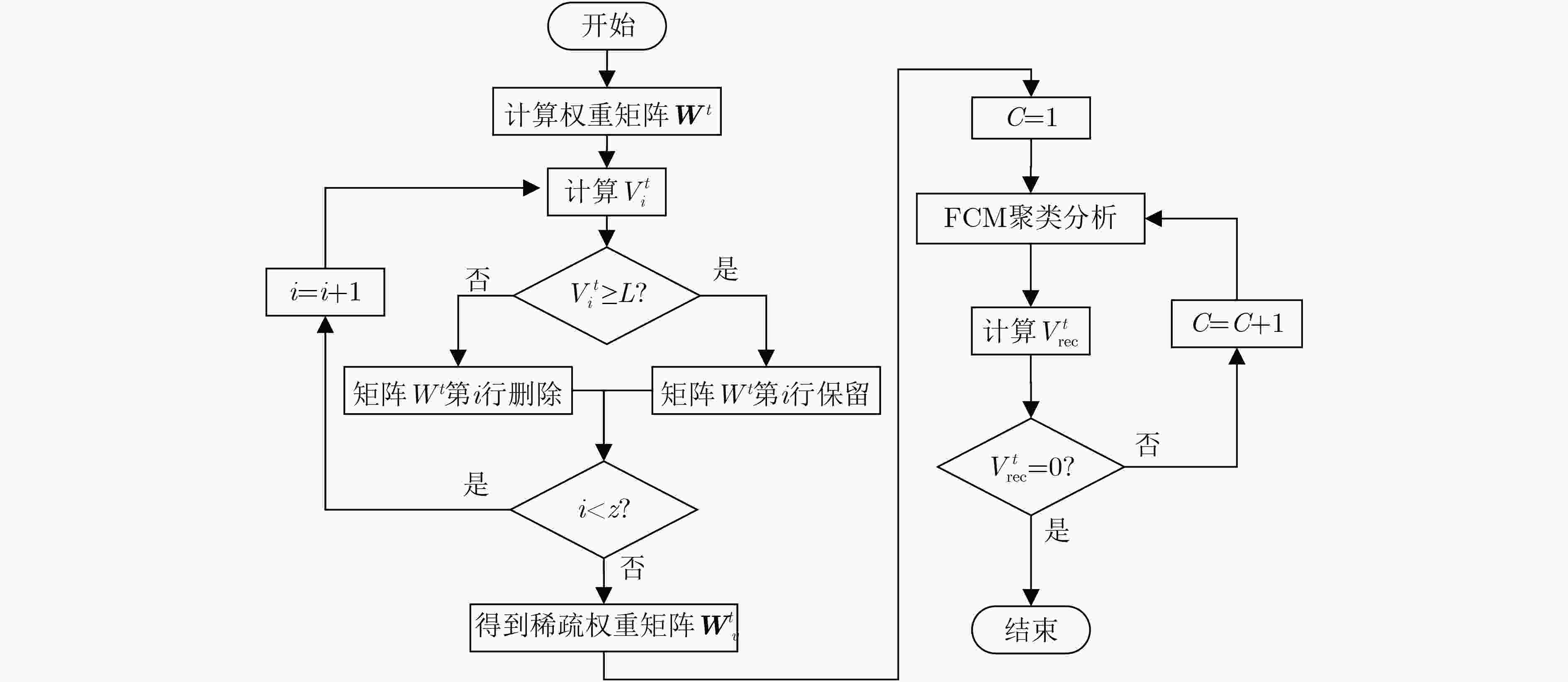
 下载:
下载:
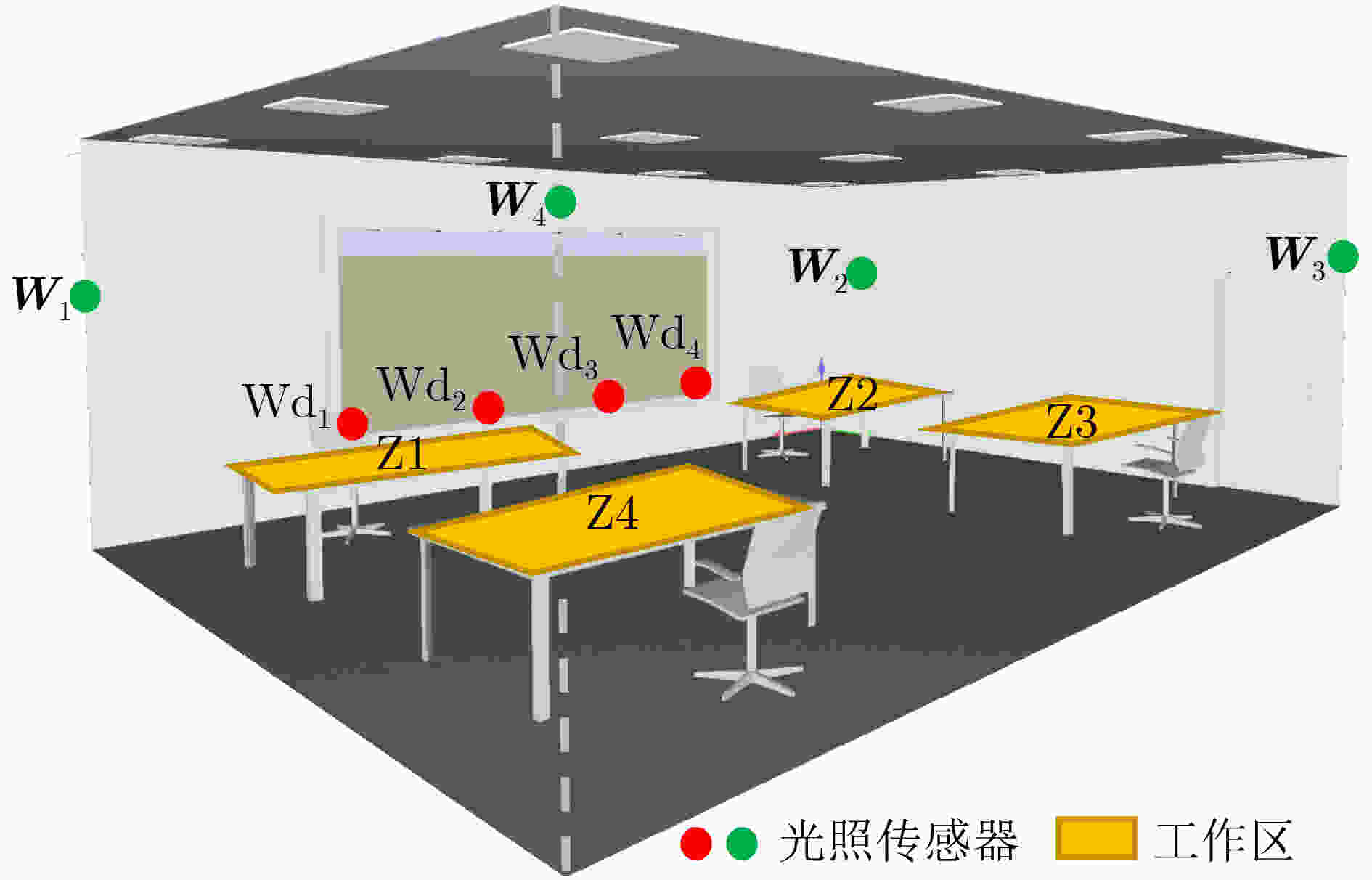
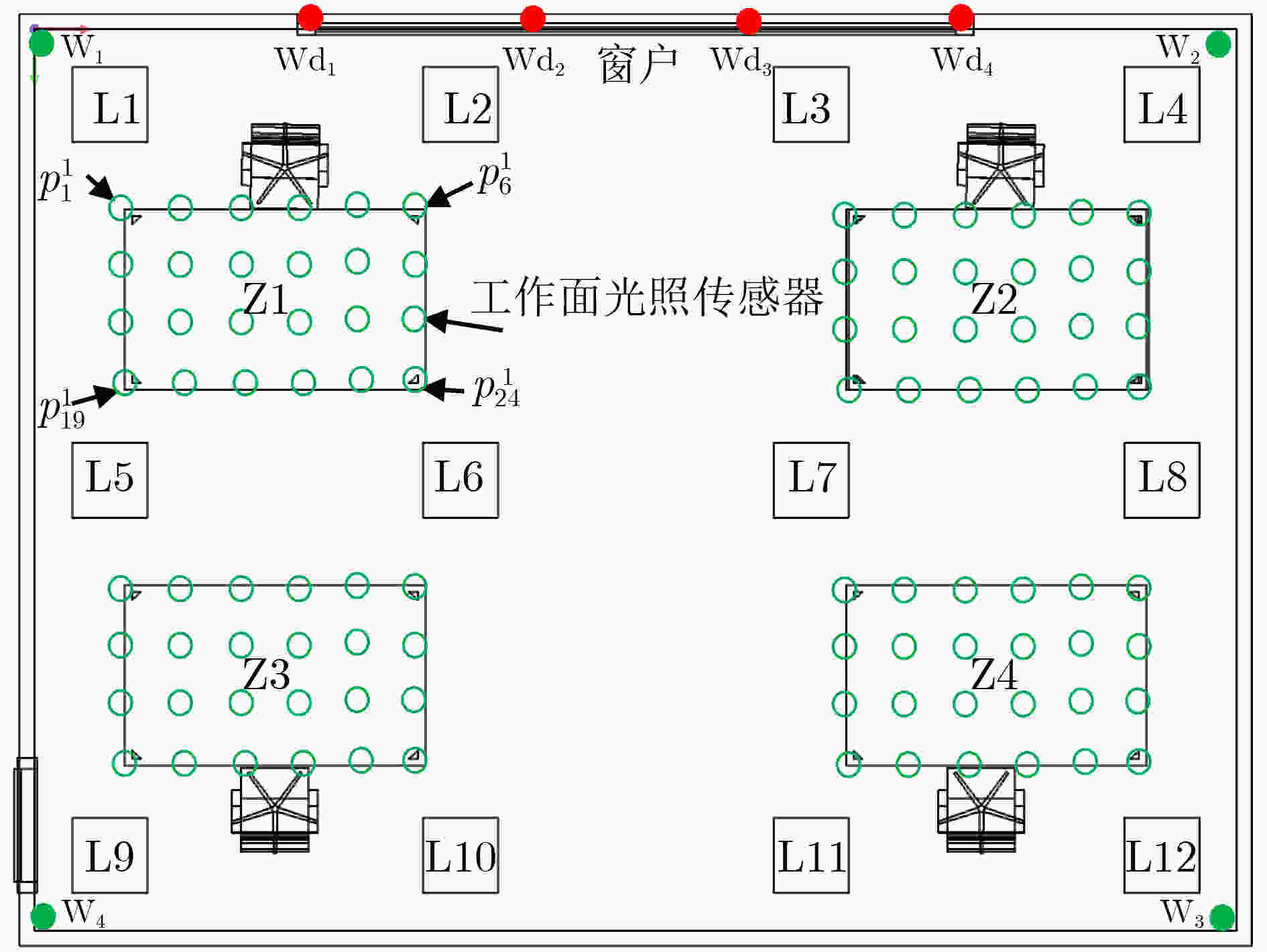
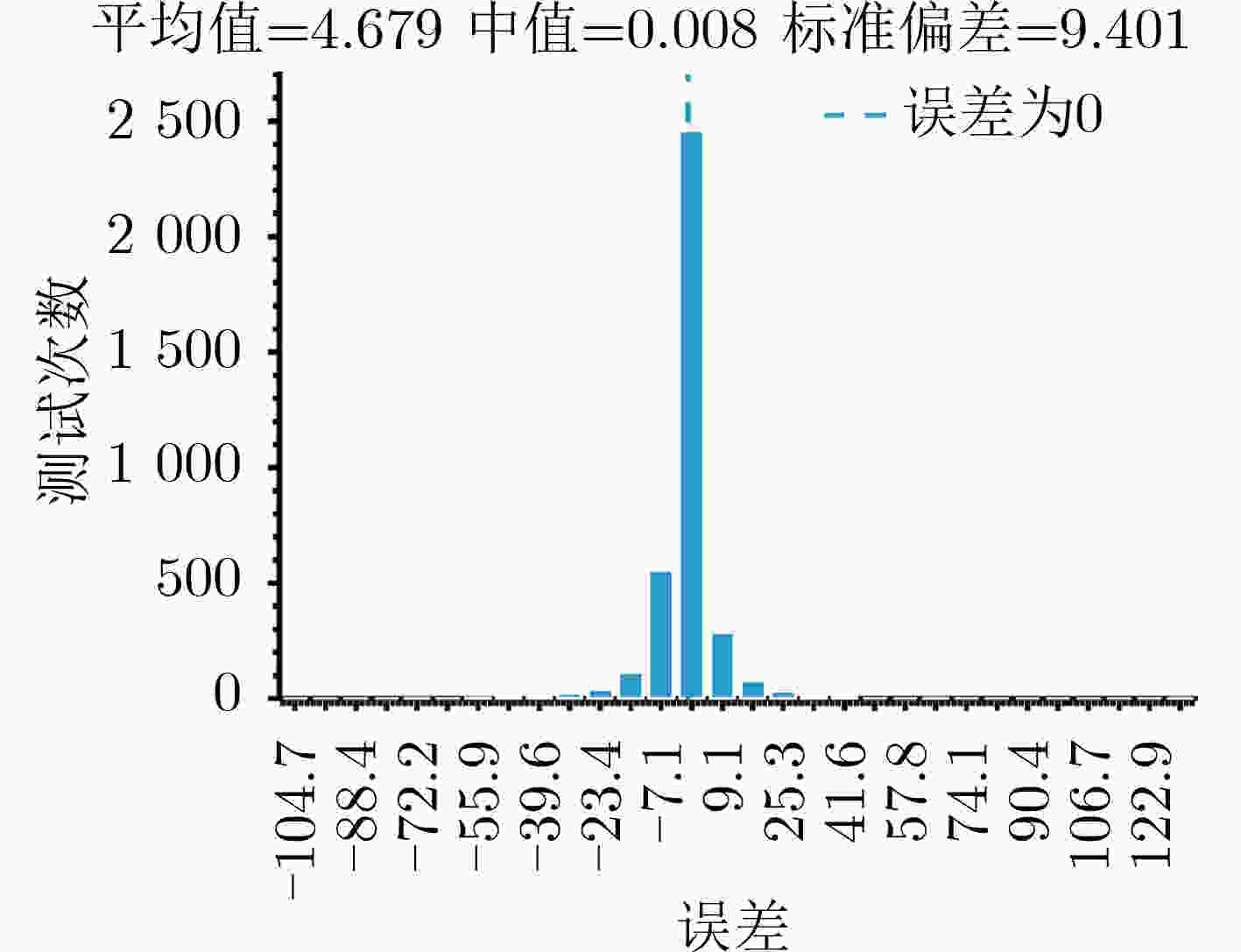
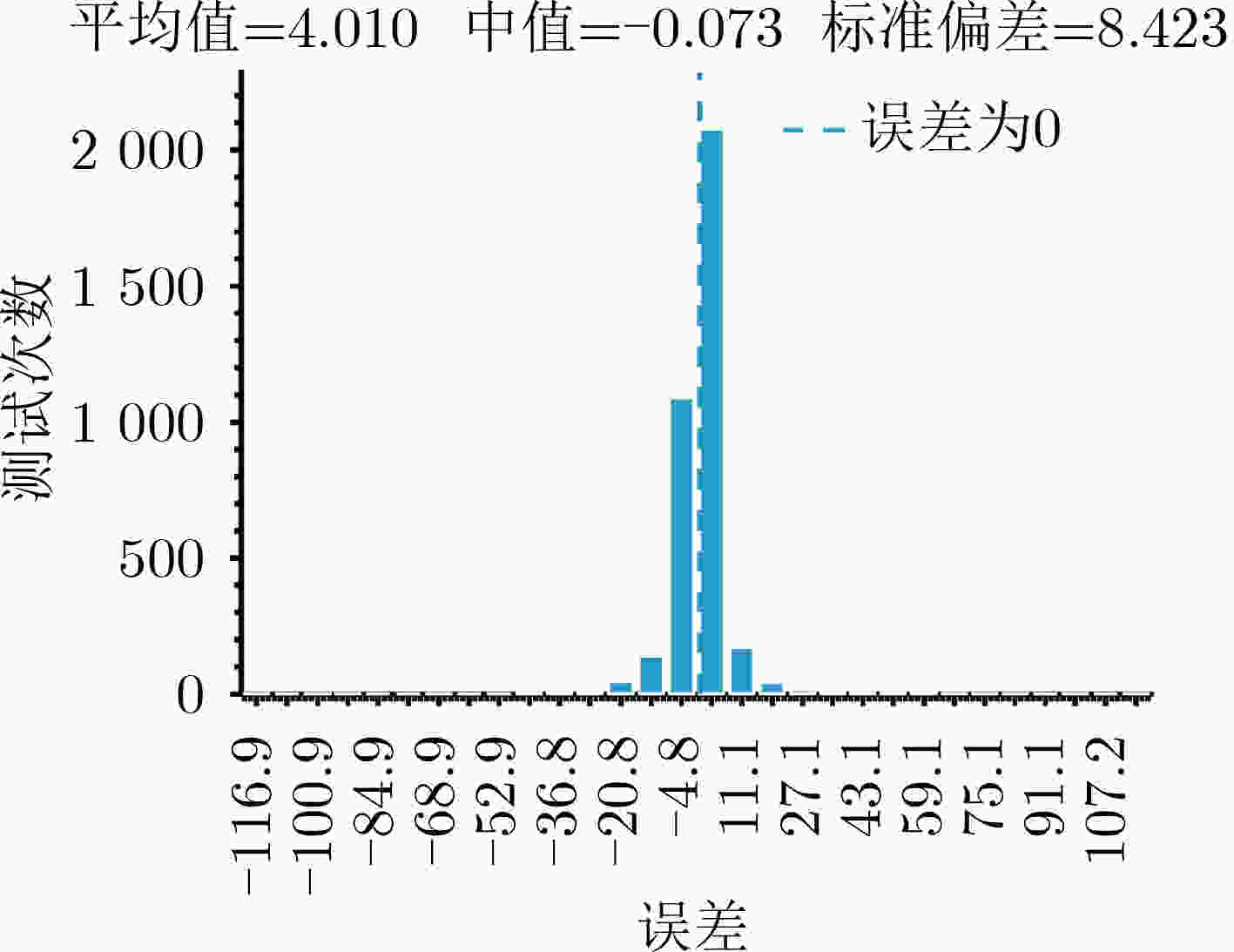
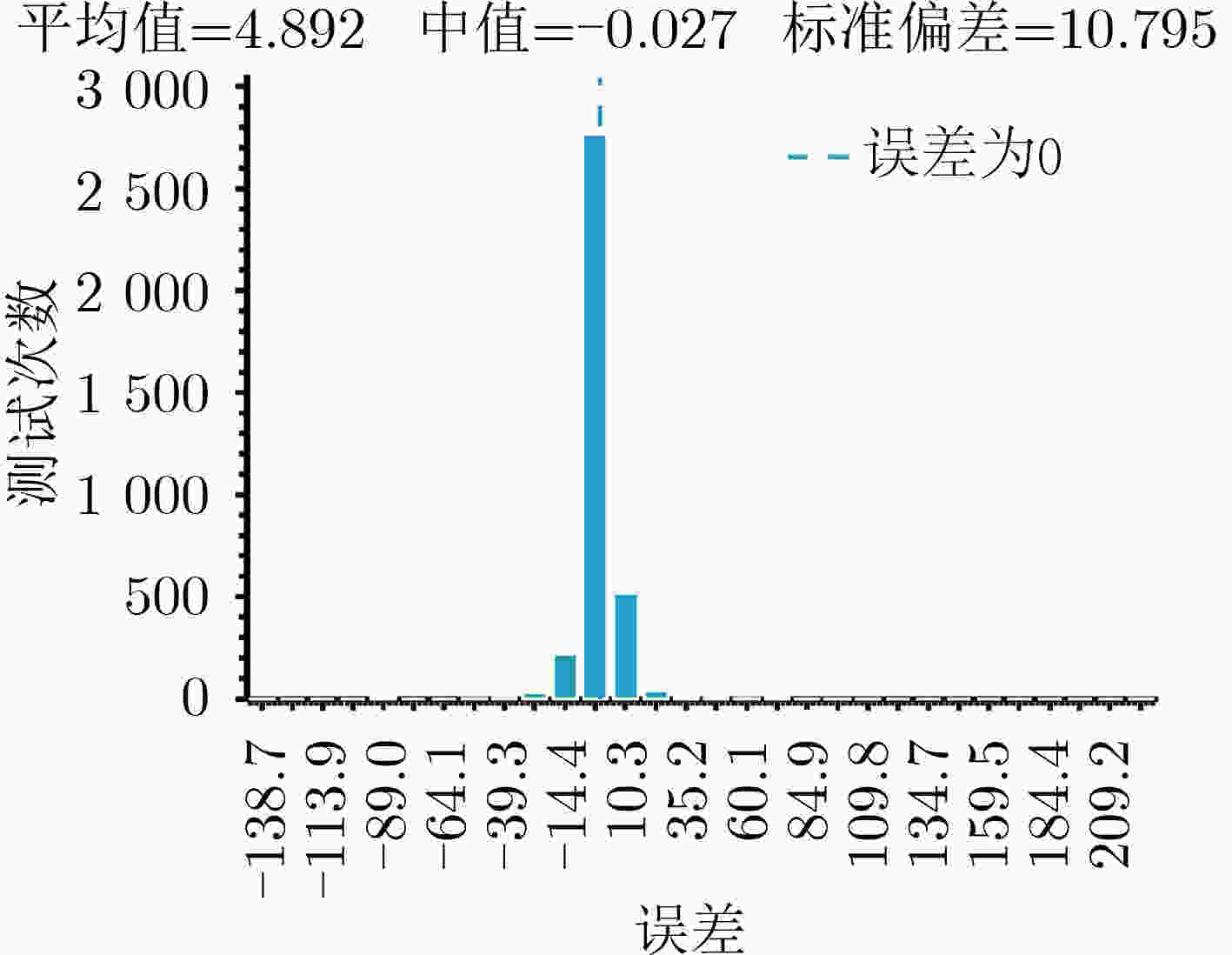
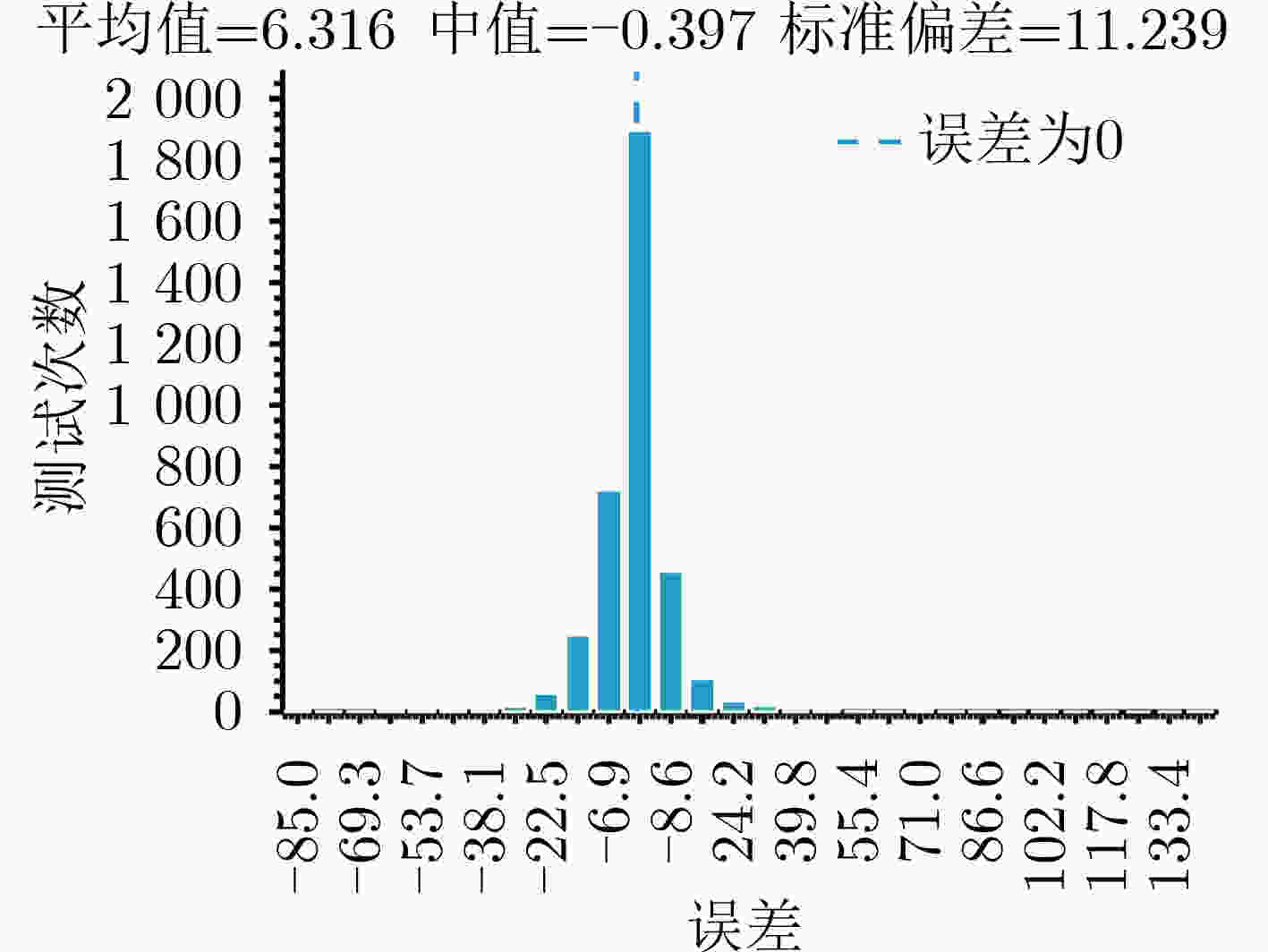


 下载:
下载:
